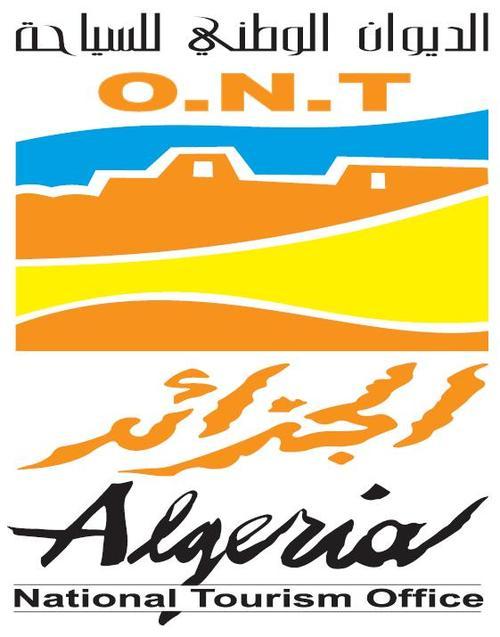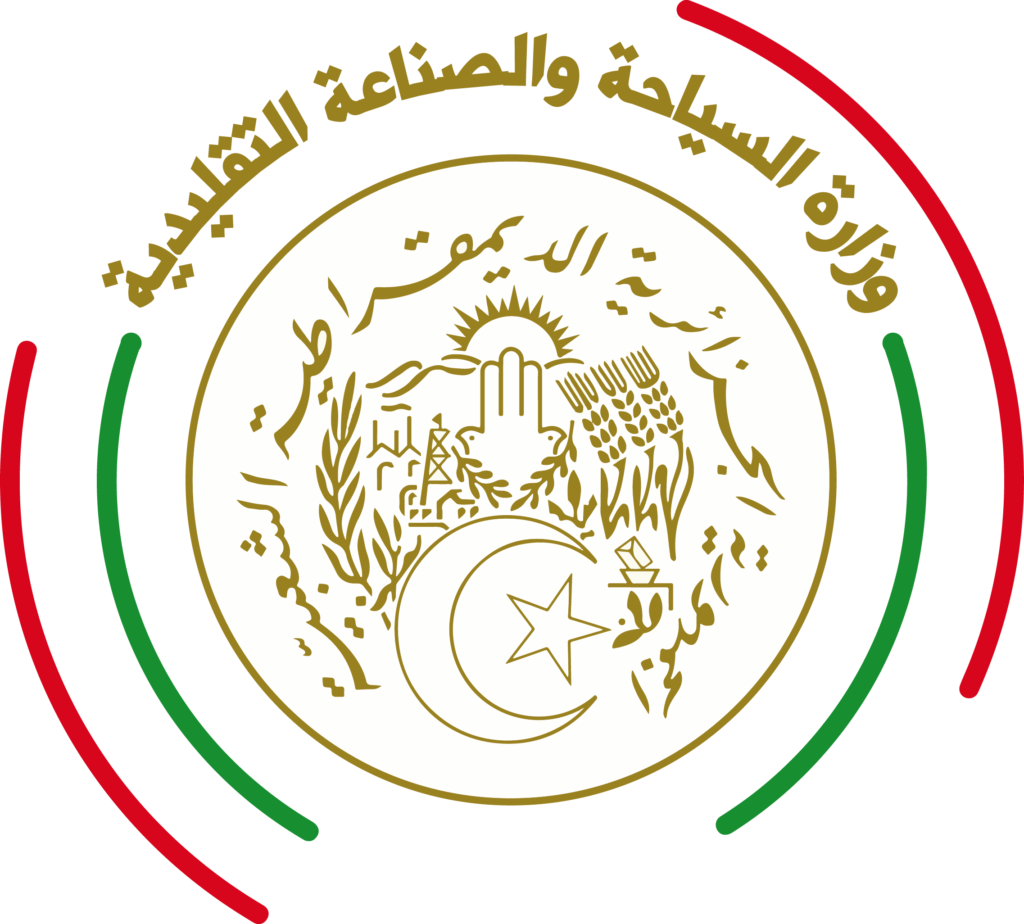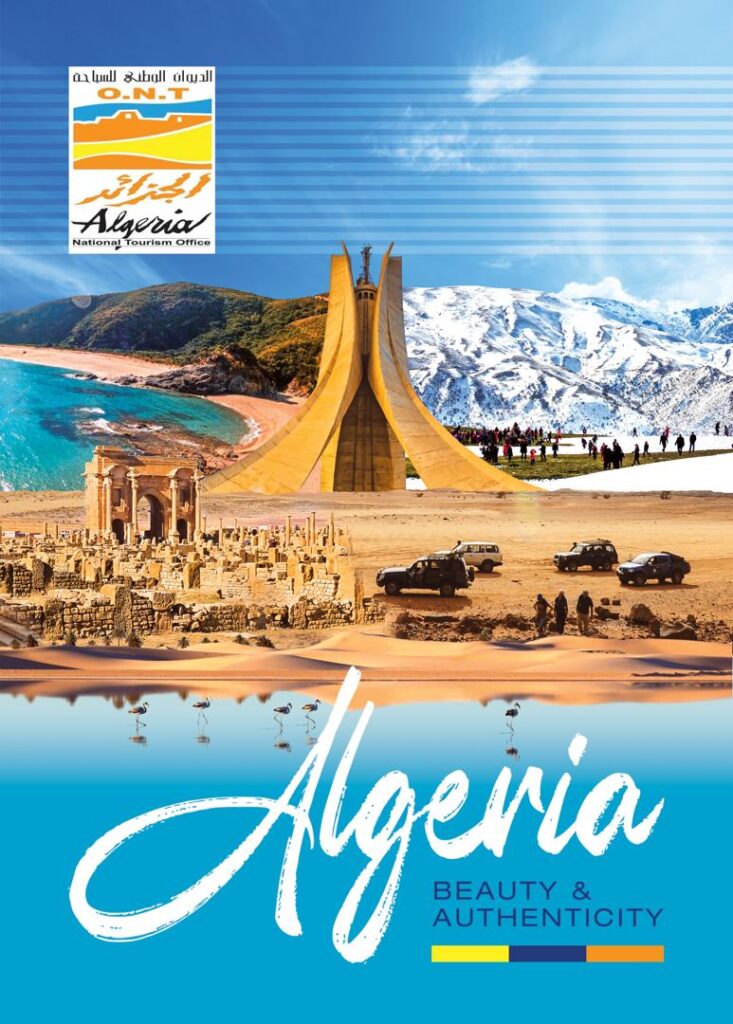Geography
Algeria is characterized by remarkable geographical diversity, offering a variety of landscapes that stretch from the Mediterranean coast to the vast desert expanses of the Sahara. Its territory is composed of three major morphological units: the Tell, the High Plateaus, and the Saharan Atlas, each with its own unique characteristics and attractions.
The Tell:
The Tell, stretching along the northern facade of the country, is a fertile and densely populated coastal strip. With a width varying between 100 and 200 kilometers, it extends for about 1,200 kilometers, from the Tlemcen region in the west to the Tunisian border in the east. This region is bordered to the south by a mountain range parallel to the coast, known as the Tell Atlas.
The Tell is distinguished by its fertile plains, such as the Mitidja south of Algiers, where a large part of the Algerian population is concentrated. The hills and mountains of the Tell Atlas, sometimes culminating at over 2,000 meters of altitude, notably in the snow-capped Djurdjura in winter, add a picturesque dimension to this landscape.
The High Plateaus and the Saharan Atlas:
Stretching diagonally from southwest to northeast of the country, the High Plateaus and the Saharan Atlas constitute a vast area of plateaus and arid plains. This region is characterized by a harsh continental climate, with hot and dry summers and cold and humid winters. The soils are often dotted with depressions and seasonal salt lakes, reflecting irregular rainfall. Vegetation is sparse, consisting mainly of grasses used for grazing livestock and plants such as esparto grass, used in the manufacture of ropes, baskets, and mats.
This region is bordered to the south by an imposing mountain range, the Saharan Atlas, which is akin to an extension of the Moroccan Atlas into Algerian territory. Rising gradually from west to east, the Ksour Mountains, the Ouled Nail Mountains, the Ziban Mountains, and the Aurès Mountains, culminating at over 2,300 meters of altitude, form a natural barrier between the High Plateaus and the Sahara. At the foot of these mountains lie lush oases, such as Biskra, Bousaâda, Laghouat, and Ghardaïa in the M’zab of the South, marking the transition to the vast desert.
The Sahara:
The Sahara, covering a large part of Algeria, is a fascinating and mysterious desert. Its endless sand dunes, majestic mountains, and verdant oases offer breathtaking scenery. The Sahara is an ideal playground for adventure enthusiasts. You can engage in numerous activities, such as trekking, quad biking, and camping. You can also discover the life of nomads and share their tea around a campfire.
The Sahara is a world of contrasts. The scorching heat of the day gives way to the coolness of the night. The silence of the desert is sometimes broken by the singing of the dunes and the cries of wild animals. The Sahara is a place for reflection and meditation. Its grandiose landscapes and peaceful atmosphere invite contemplation and self-discovery.
Climate
Algeria presents a remarkable climatic diversity. The Tell benefits from a Mediterranean climate, with hot and dry summers and mild, humid winters. The High Plateaus experience a continental climate, marked by scorching summers and cold, humid winters. As for the Sahara, it is characterized by a desert climate, with extremely hot days and cool nights, and rare and irregular rainfall. Temperature variations can be significant within the same day, as in the Sahara, where the difference can reach more than 40°C between day and night.
Algeria, with its varied landscapes and climatic contrasts, offers unique natural wealth and cultural heritage, inviting discovery and adventure.




